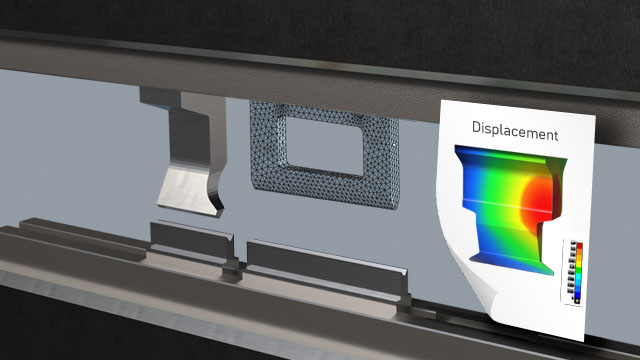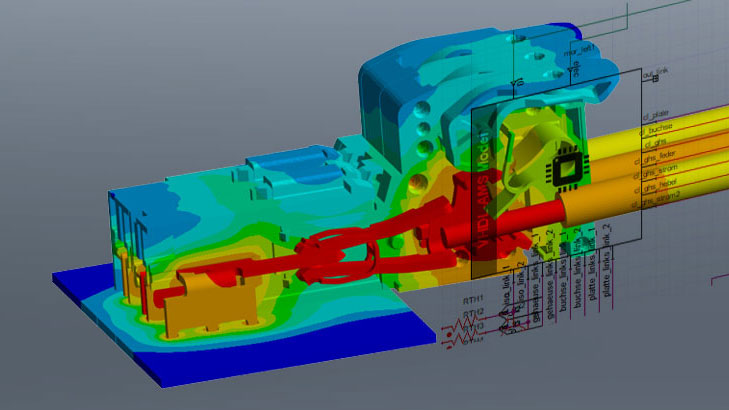Highlights Ansys 2024 R2 Structural Mechanics: AI in Ansys Mechanical, toolkits and workflows, improving meshing
Joël Grognuz
06.09.2024
Tips for your daily working routines: extend the capabilities of Ansys structural mechanics products
When it comes to engineering simulations, staying ahead of the curve requires access to the most advanced tools and features. Twice a year, Ansys pushes the boundaries of what’s possible with updates typically encompassing a trio of "physics, efficiency and quality." Features like Adaptive Element Removal, which enables damage modeling, AI assistance, and improved meshing techniques are no exception. We are pleased to share with you the new features that have caught our attention.
What are the most important new features in Ansys Structures this year?
The Adaptive Element Removal feature in implicit mechanical analysis enables modeling of damage scenarios. The new Restart Addon increases productivity by making it easier to restart from an already calculated result or a library of such results.
What about AI in Ansys Mechanical now?
Resource prediction is now available for non-linear simulations. There is much more novelty outside of Ansys Mechanical, such that we have planned an additional webinar on the specific topic of AI.
What about efficiency and resource management?
We have introduced mesh coarsening in NLAD and GPAD to shorten the runtime. The new Krylov method is computationally more efficient than the full method when many coupled harmonic frequency values are calculated (e.g. in acoustic analyses). In addition, .rst files with single precision help to save disk space. For even more efficiency, the new “Mechanical Modal ROM App” simplifies the export of scalar and field-reduced models into system simulation to perform dynamic analyses with 3D visualisation in seconds.
What about special toolkits and workflows?
The NVH toolkit now includes an energy contribution analysis, and we have a robust acoustics workflow in Mechanical along with an improved electrothermal-structural coupling and BEM (LS-Dyna Solver). A shock wave material library has been added in LS-Dyna.
Is there any insight into the meshing improvements?
Definitely, the new mesh quality worksheet helps to increase the results quality. 
Contact us or take a look at our CADFEM webinars on the new release for further advice and answers to your questions.




